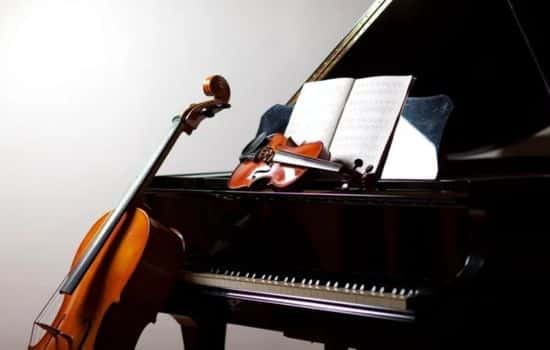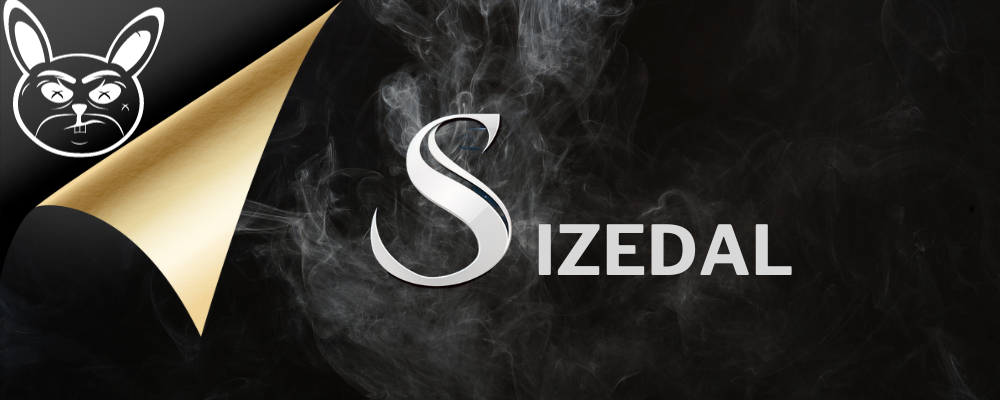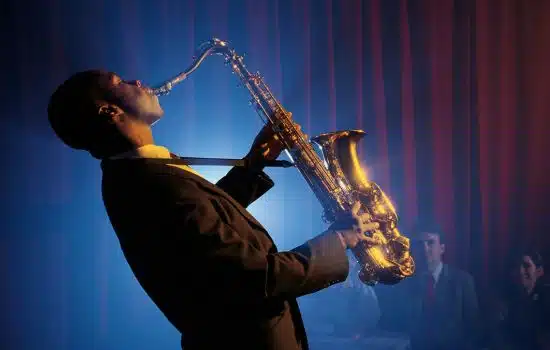Advertisements
What is classical music?
Classical music is a timeless art form that has existed for centuries. It is the only type of music that really remains and continues to be relevant, because it is classic and permanent.
This article will explore 10 classic songs that will endure the test of time and continue to be popular today.
Advertisements
Famous classical music
With its generally long playing times, classical music can be a difficult task to understand in its entirety.
Many times, as soon as the passages are more marked, they tend to leave more marks on our eyes. But what makes these passages so effective?
Advertisements
There is an art of compositions that was perfected by great composers over a long period of time and today we are going to take a look at 10 classics that you should definitely see on your radar.
From delicious piano solos to captivating orchestral works, these pieces present the best of classical music that, without doubt, will leave an impression on any listener.
5th Symphony in C Minor Op. 67 or Symphony of Destiny — Beethoven
Composed between 1804 and 1808, Ludwig Van Beethoven's Sinfonia No. 5 is one of the most iconic classical compositions in history.
It has been a part of music since it was first played in Vienna, more than 200 years ago, and its influence can be heard in contemporary music all over the world.
The powerful opening notes of this symphony become a reconhecive part of culture, instantly evoking emotion and emotion among the sounds.
The intense atmosphere created by the four movements of Sinfonia No. 5 inspired many different interpretations by several famous masters over the course of two years, increasing its lasting impact on classical music.
It can become an international favorite, continually captivating the public, regardless of their training or musical preference.
SEE ALSO:
The 7 best music by Amado Batista
Curiosities about Milionário and José Rico
The 10 most played music in Brazil today
Infernal Gallop, by Orfeu no Submundo — Offenbac
This opera is intended to be a satire of Orfeu e Eurídice. Instead of the tragic story told by Virgílio, Offenbach narrates a different version of mythology, with epic dinners and comic moments.
A spiritual opera tells the story of Orfeu's failed attempt to rescue his beloved wife from Hades.
The music creates an atmosphere that encapsulates humor and drama, making it one of Offenbach's most beloved works.
It inspired many adaptations over two centuries, including songs for modern melodies revealed in Broadway music such as “Hadestown.”
His melodies have been remembered and reinterpreted by various composers all over the world since their first presentation in 1858.
Waltz, of To Bela asleep — Tchaikovsky
A Bela Dormecida is a ball that premiered in 1890.
Composed by Russian composer Pyotr Ilyich Tchaikovsky, he was inspired by Charles Perrault's French fairy tales.
The story follows Princess Aurora, cursed to sleep for 100 years after she snaps the finger of a trustworthy rod.
A prince sees his help and brokenness or happiness with a child of true love. Since its birth, Bela Adormecida has been one of the two most performed ballets in the entire world in more than 120 years.
It features some of Tchaikovsky's most beloved music, including “The Garland Waltz” and “The Vision Finale.”
Jesus Joy of Man's Desiring, Cantata 147 — Johann Sebastian Bach
Composted in 1723, this cantata is a classic element of Christian festivals such as Christmas and Easter.
Johann Sebastian Bach wrote a cantata, known as “Wachet Auf, Ruft Uns Die Stimme” or “Sleepers Awake!” In English.
This piece of music combines vocal and instrumental songs to create a rich soundscape that evokes raw emotion.
This beautiful baroque piece has been played countless times by various musicians over two centuries since its original composition. It is considered one of Bach's most beloved works and always appears in concerts on special occasions such as Christmas and Easter.
You can transport it back and forth for when it was composed for the first time, offering a glimpse of how music was created during the Baroque era.
For Elise — Ludwig Van Beethoven
The classic “Für Elise” by Beethoven is one of his most accomplished pieces of music.
Composed in 1809 and 1810, this iconic melody has since become a symbol of classical music and its continuing legacy.
Or that Beethoven probably did not foresee that his music would become so popular over two tempos. In truth, it is one of the few pieces of the classical era that remains widely known today.
The beauty of “Für Elise” lies in its simplicity and sincere emotion.
It's an easy thing to learn, especially if you're new to classical music or interested in exploring it further.
Even those who are not familiar with classical music can appreciate the beautiful melody and the elegant structure of the piece – qualities that make it a timeless classic that will continue to be valued in the years to come.
What he probably didn't expect was that his work would be widely reproduced in gas roads, elevators and cell phone rings.
With You Will Leave — Francesco Sartori and Lucio Quarantotto
In 1995, Andrea Bocelli premiered at the Sanremo Festival with a song that would become one of the most beloved Italian songs ever written.
The music was played 'Con te Partirò' and it was a great success for the tenor.
His most famous version of this classic was later recorded with Sarah Brightman, creating an unforgettable duet.
Since its release, 'Con Te Partirò' has been played by some of the biggest names in pop music, including Beyoncé and Celine Dion.
He is also one of Bocelli's assassination songs and continues to be played regularly in shows around the world. It is a timeless classic that will continue to live in future generations!
My Sole — Eduardo di Capua and Alfredo Mazzuchi
Luciano Pavarotti, um dos tenores mais conhecidos de todos os tempos.
Alcance vocal impressionante e apresentações poderosas o levaram a se tornar um dos nomes mais reconhecidos da música. Até Elvis Presley percebeu, gravando sua própria versão da clássica ária “O Sole Mio” em 1960.
Pavarotti revolutionized classical music by presenting it to new audiences.
He performed regularly with some of the two greatest singers in history, including José Carreras and Plácido Domingo in the shows of the Três Tenores from 1990-2003.
Elvis Presley recorded a version of the classic Italian song “O Sole Mio” in 1960. The changed title for “It's Now Or Never” quickly became one of his most accomplished songs.
Presley's version achieved first place on the Billboard Hot 100 chart and on Cashbox magazine's chart for five weeks each, between August and the end of that year.
In 1961, he also led parades in Europe; reach the number two in Grã-Bretanha and the number one, at the popular music stop in Italy.
Turkish style or Piano Sonata #11 — Wolfgang Amadeus Mozart
A Sonata em Lá Maior de Mozart, ou “Alla Turca” como é mais conhecida, is a musical piece composed by the great Wolfgang Amadeus Mozart.
A peça recebe o nome de sua última parte, que imita o som das bandas janízaras – um tipo de banda militar usada pelo Império Otomano.
Music itself is happy and uplifting; with classical piano interspersed with marching style sequences that evoke images of greatness and triumph.
It leads to a brilliant climax before ending in a thrilling coda that perfectly encapsulates Mozart's style.
Funeral March — Frederic Chopin
In this article, we will take a look at two of the most famous sad classics of all time: Sonata No.2, or Funeral March, by Chopin.
Being so powerfully emotional that many people can be moved by the tears they hear; Even though I don't understand what it means to be really depressed or have a broken heart.
Chopin's Funeral March is part of a major work called Piano Sonata No. 2 in B flat minor, published between 1839 and 1844.
Carmina Burana — Carl Orff
Beuern's Sung Poems by Carl Orff: secular songs, for solo singers, é um timeless classic.
Coming to music in 1937, this medieval song captivating lovers gives music for centuries and will certainly withstand the test of time.
This German composer wrote numerous works throughout the decades of the 1930s and 1940s, from operas to educational musical pieces.
The complex melodies of this timeless song simultaneously evoke feelings of nostalgia, providing an uplifting and inspiring atmosphere.
The iconic passage at the end of Carmina Burana serves as a symbol of antiquity, representing both force and human fragility in its dramatic melody.
It begins with a choir of voices singing 'O Fortuna', which in Latin means 'Oh Fortune'.
The music then swells to a crescendo with thunderous drums that signify a wheel of fortune spinning infinitely back and forth, never stopping to grant one person more do than another.

A Música Clássica: Um Tesouro Atemporal de Emoções
Certamente, a música clássica é uma das expressões artísticas mais ricas e universais.
Além disso, sua complexidade e beleza transcendem fronteiras e épocas.
Inicialmente, ela surgiu como uma forma de arte destinada às elites, mas posteriormente alcançou o mundo inteiro, conquistando diferentes públicos.
Portanto, compositores como Mozart, Beethoven e Bach criaram obras imortais que continuam emocionando gerações. Ademais, cada composição clássica é uma jornada emocional, capaz de transmitir alegria, tristeza ou contemplação.
Consequentemente, a música clássica tornou-se essencial em teatros, filmes e eventos culturais.
Por isso, ela é considerada uma herança cultural de valor inestimável. Finalmente, ouvir música clássica é uma experiência enriquecedora que conecta o passado ao presente de forma única e sublime.




